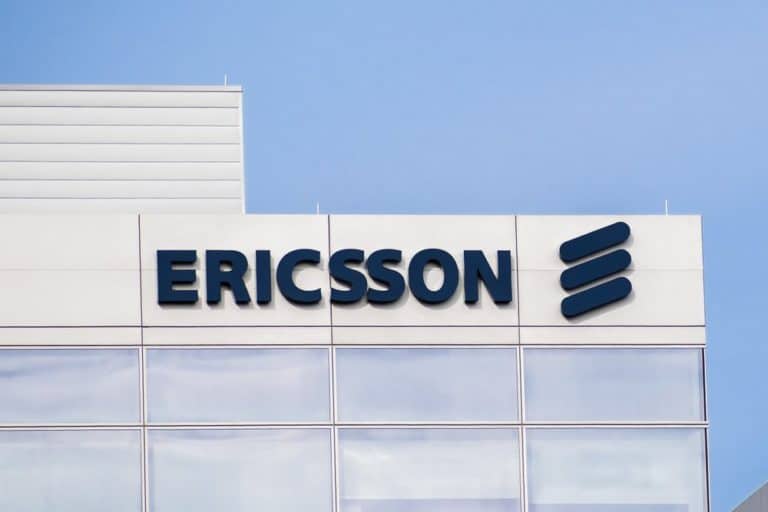Ericsson introduces new Spectrum Sharing-software that makes it possible to support both 4G and 5G within the same frequency band. The functionality is compatible with all Ericsson radio systems since 2015, allowing telecom operators to accelerate their 5G network coverage.
Thanks to Spectrum Sharing, existing 4G frequencies no longer need to be statically assigned to 5G. Each frequency band offers simultaneous and dynamic support for both 4G and 5G, without a negative impact on 4G performance. Ericsson bases this solution on the recently adopted 3GPP Rel 15 standard, so that everything is done in accordance with the agreements made.
The new functionality can be remotely installed on all Ericsson Radio System transmitters installed since 2015. This possibility allows operators to offer national 5G coverage with a much more flexible spectrum migration strategy, thus accelerating network coverage.
Read this: The future of 5G: where do we stand today?
The first 5G networks will not yet unlock the full potential of 5G. They still use the existing 4G infrastructure, but offer better performance thanks to improved a new air interface, i.e. the communication link between mobile devices and the base stations of a mobile network.
The main improvement of these first 5G implementations is an increase in bandwidth in order to respond to the increasing number of connected devices and the increasing consumption. In order to fully exploit 5G, a new NextGen Core network is needed, with technologies such as software-defined networking, network slicing and virtualization… It will take a few more years.
This news article was automatically translated from Dutch to give Techzine.eu a head start. All news articles after September 1, 2019 are written in native English and NOT translated. All our background stories are written in native English as well. For more information read our launch article.